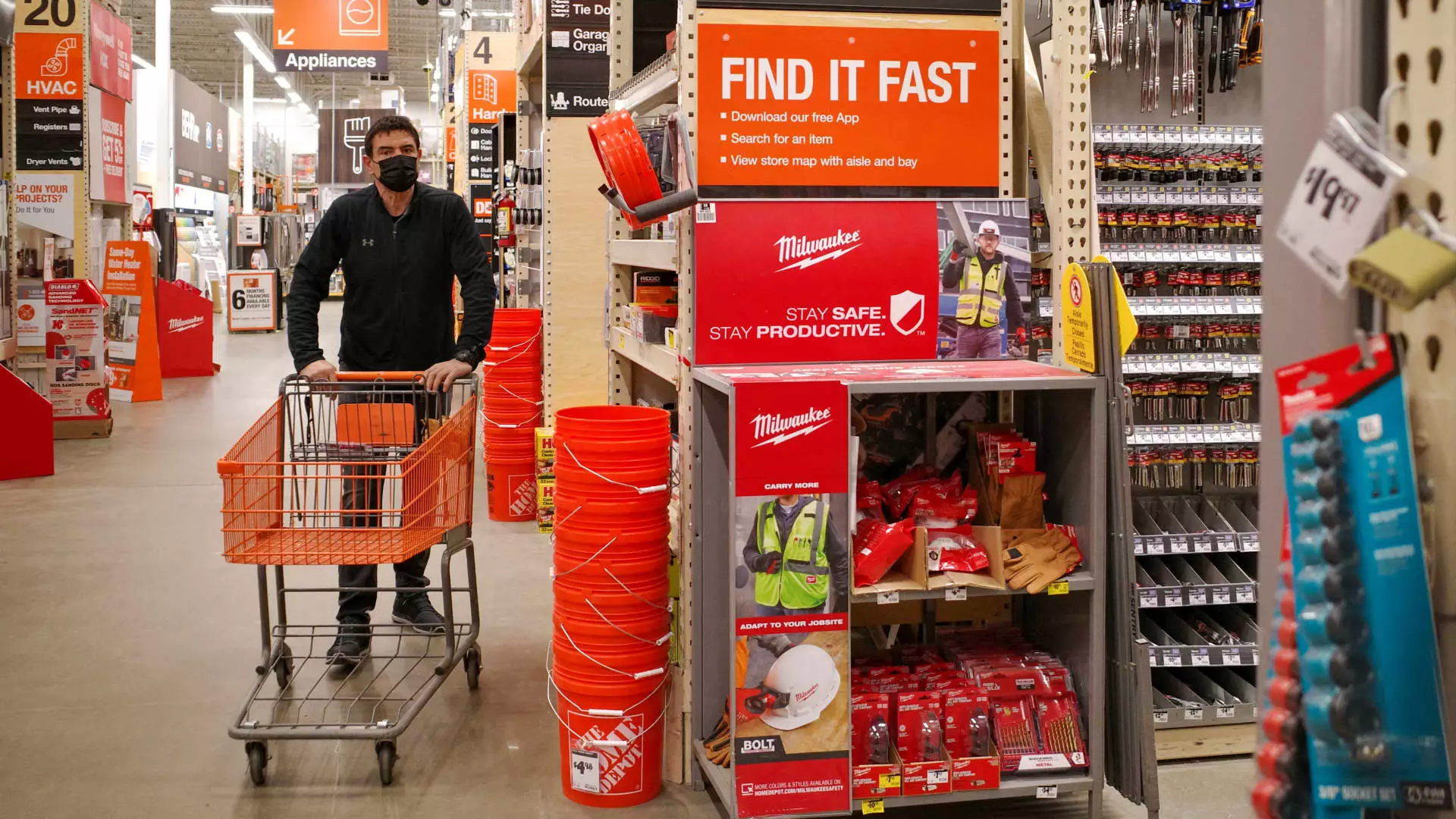The recent implementation of sweeping tariffs in the U.S. has raised numerous concerns among consumers regarding the rising prices of goods. As President Trump announced a staggering 25% tariff on products imported from Canada and Mexico, the potential implications of this decision are far-reaching. This scenario has created a ripple effect of anxiety, prompting many Americans to reconsider their purchasing habits and financial strategies as they face uncertain economic conditions.
A concerning trend has emerged as a reaction to these tariffs: what has been termed “doom spending.” According to a report from CreditCards.com, approximately 19% of U.S. adults admit to engaging in impulsive buying spurred by fear and uncertainty about the economy. This behavior signifies a psychological response to economic instability, where consumers opt to make significant purchases not out of necessity, but out of a sense of urgency to secure goods before prices escalate.
Even more troubling is the revelation that 28% of Americans have already committed to large purchases—such as home appliances and home improvement supplies—while 22% have taken to stockpiling essential items like non-perishable foods and personal care products. This shift in consumer behavior might seem logical in the short term; however, it carries the detrimental consequence of increased credit card debt, as highlighted by the 34% of borrowers who are projected to incur more liabilities this year.
The ascent of credit card debt currently stands at an alarming $1.21 trillion, highlighting a crucial issue for many households. Experts like John Egan from CreditCards.com warn that doom spending can negatively impact financial stability by exacerbating existing debts. The impulse to overspend, driven by fear of scarcity, can lead consumers into a vicious cycle of financial strain characterized by excessive interest charges and unmanageable fees.
Matt Schulz, a chief credit analyst at LendingTree, emphasizes the importance of addressing underlying debts rather than succumbing to panic-driven purchases. In an environment saturated with economic unpredictability, Schulz advises consumers to focus on reducing high-interest debt and building a robust emergency fund. This strategy serves as a bulwark against the potential adversities that arise from an uncertain economic climate.
With speculation surrounding the future economic landscape rampant, it’s crucial for consumers to take proactive measures to safeguard their finances. While many may feel powerless amidst the looming threat of price hikes, there are constructive steps they can undertake to reclaim control over their economic situation. High-interest debts must be addressed decisively, as failing to do so can exacerbate financial woes in the long haul.
Moreover, strengthening an emergency fund becomes increasingly vital as it provides a cushion for unexpected expenses, which can significantly mitigate the emotional impact of economic fluctuations. In these turbulent times, maintaining a clear-eyed approach to finances—rather than succumbing to fear—can pave the way for a more secure financial future.
While the tariffs have indeed stirred a wave of consumer anxiety leading to doom spending, there lies an opportunity for individuals to refine their financial strategies and emerge more resilient in the face of uncertainty.

